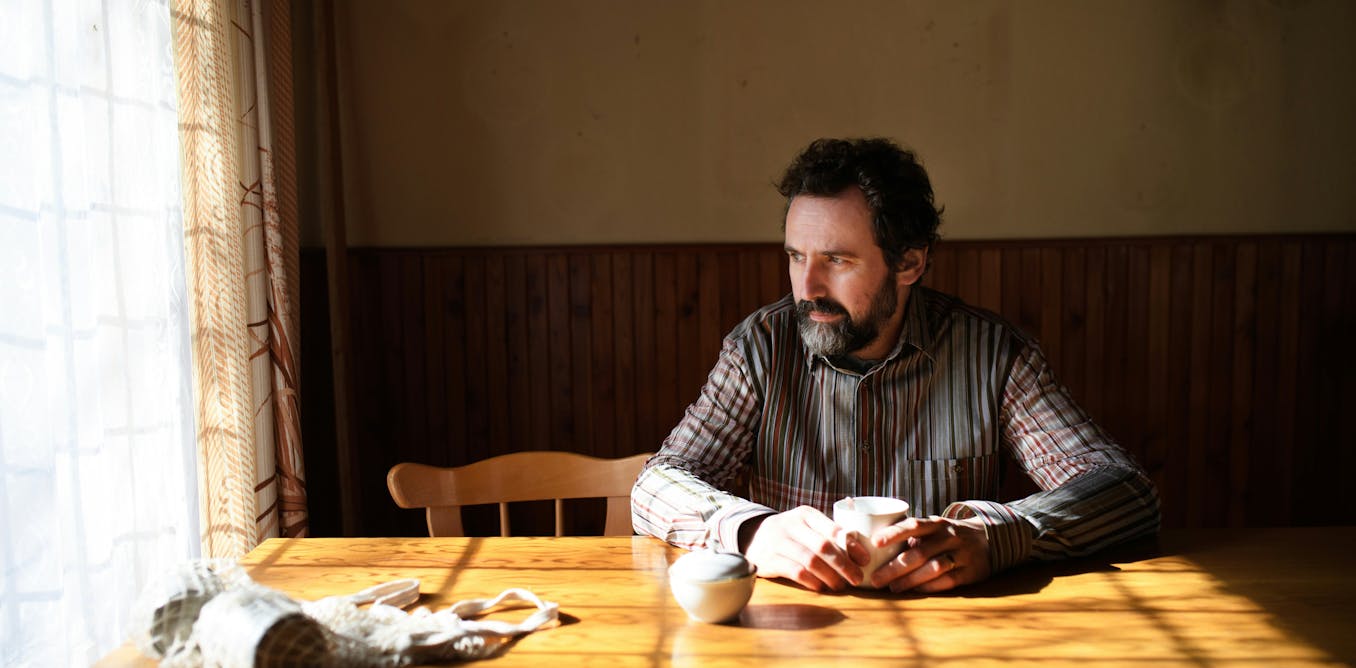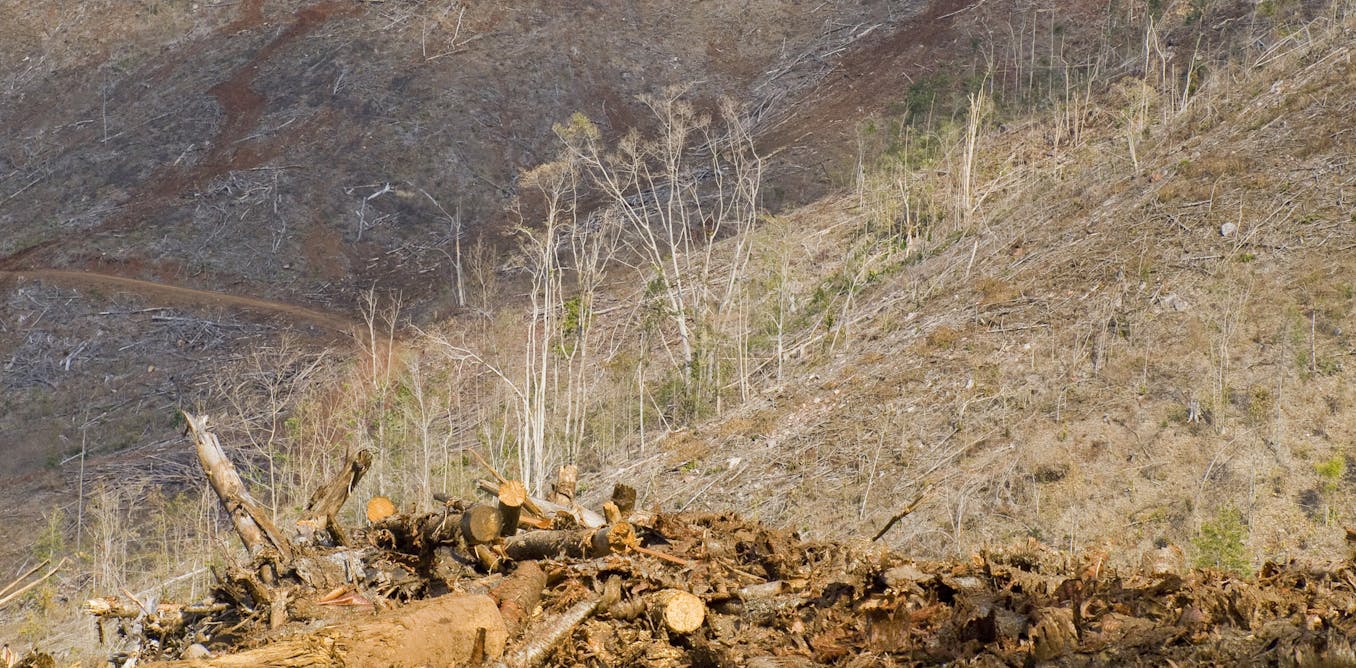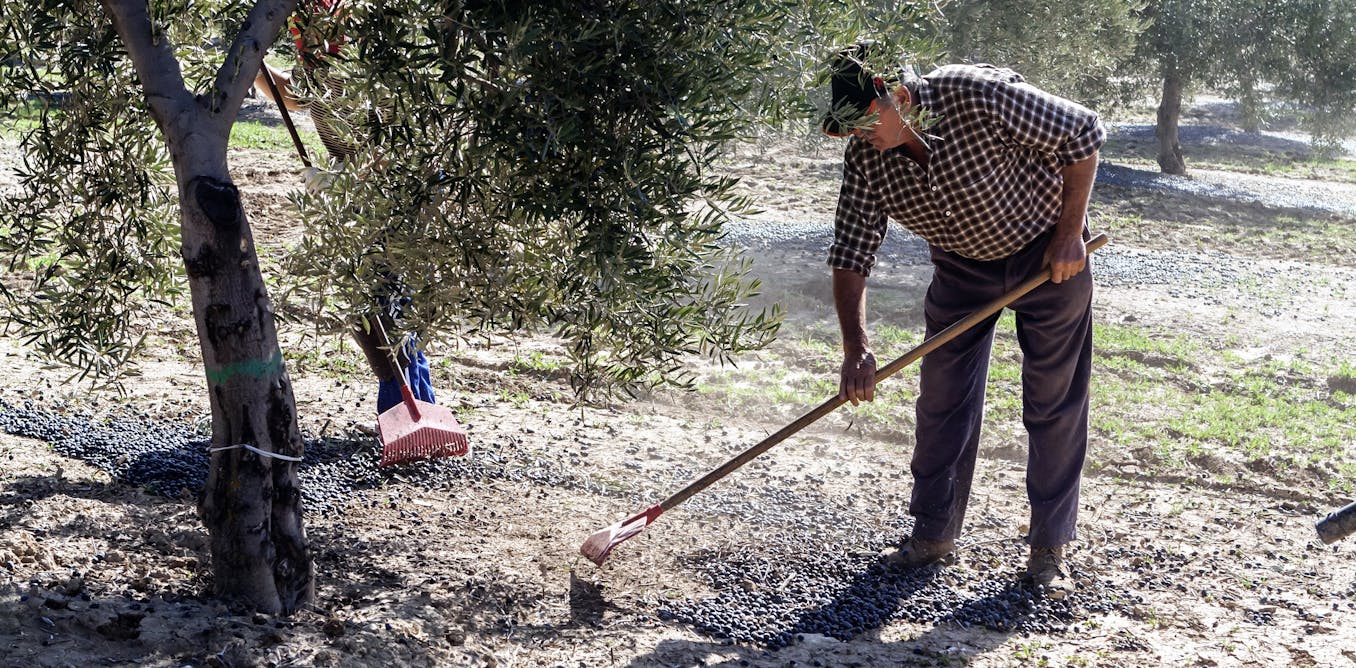Kate Bush’s visionary 1985 concept album, Hounds of Love, was the second she had produced on her own (after The Dreaming in 1982), and the first recorded in her own studio.
It sounded strikingly original for its time. A work of progressive pop that blended elements of experimental electronica, art rock, folk, chamber music and cinematic atmospheres into something new and aesthetically distinct.
Bush embraced digital sampling using the pioneering audio workstation, Fairlight CMI. Side A yielded a string of immaculate top 40 hits: Running Up That Hill (A Deal with God), Cloudbusting, Hounds of Love and The Big Sky. Side B contained a seven-part song cycle called The Ninth Wave, an immersive nightmare-scape that invited the listener to empathise with the near-death experiences of a woman lost at sea.
Today the album is universally considered a classic. It’s one of the defining high watermarks for pop production in the 1980s, produced during a time when few female music creators had access to high-tech recording equipment and facilities.
Looking for something good? Cut through the noise with a carefully curated selection of the latest releases, live events and exhibitions, straight to your inbox every fortnight, on Fridays. Sign up here.
I have been researching Bush’s creative process for a new book I’ve written about Hounds of Love as part of the book publisher Bloomsbury’s 33 1/3 series, in which each title is about a single music album. Learning about how she held on to her creative autonomy, advocating for herself, her ideas and preferred ways of working while strategically navigating the male-dominated music industry has been inspirational.
According to the annual Inclusion in the Recording Studio report, the number of female producers has risen from 3.5% last year to 6.5% today. It’s difficult to know what the gender gap was in the mid-80s, but we can safely assume it was no better.
As a producer, Bush’s importance and influence cannot be overstated. Her work inspired generations of marginalised artists to seize control of production as a means of expressing complex ideas.
In a 2022 interview with Pitchfork, the Icelandic singer-songwriter and composer
Björk said: “In the 80s Bush was the only thing. It was her who was doing that. Everything else was patriarchy … she was the producer, she was making the environment she was singing in.”
Bush’s commercial success cleared a path for women in pop to be taken more seriously as creators. As singer-songwriter Imogen Heap told the Standard in 2014: “Kate produced some truly outstanding music in an era dominated by men and gave us gals a licence to not just be ‘a bird who could sing and write a bit’, which was the attitude of most execs.”
Beyond being a pioneer by virtue of her gender and achievements, Bush’s working methods, established when creating Hounds of Love and pretty much in place ever since, also disprove some commonly held assumptions about music creativity.
The tortured artist myth
In an interview in 1992, Bush said that making Hounds of Love “was the happiest I’ve been compared to making other albums … I know that there’s a theory that goes around that you must suffer for your art … I don’t believe this.”
The “tortured artist” is a pervasive trope in music discourse, from Beethoven and Robert Schumann to Kurt Cobain and Amy Winehouse. It is perpetuated in popular culture in films like Whiplash (2014) and A Star Is Born (2018).

Trinity Mirror/Mirrorpix/Alamy Stock Photo
In 2011, Wilco frontman Jeff Tweedy called the concept a “damaging mythology”, one that had interfered with his own recovery from periods of mental illness and addiction. That Bush created some of her strongest works while in a happy, comfortable state, helps bust this dangerous myth that trauma is a necessary component of compelling artistry.
Another creative myth, particularly associated with studio-based music making, is that the best stuff comes out fast. Like The White Stripes, who conjured Seven Nation Army during a soundcheck, or Stevie Nicks, who poured out Fleetwood Mac’s hit Dreams in about ten minutes, winning ideas can strike from the flow state like lightning.
But hiring a big studio to experiment and see what happens was never Bush’s preferred mode. As she explained to Melody Maker in 1985: “Knowing the astronomical amount studio time cost used to make me really nervous about being too creative. You can’t experiment forever, and I work very, very slowly. I feel a lot more relaxed emotionally now that I have my own place to work.”
The making of Hounds of Love was a slow, incremental process, not reliant on the collective synergies of group collaboration, but rather on careful, individual selection. Its success reinforces the often-forgotten value of working slowly – that slow work can still engage with our intuitive senses.
Bush spent three years working on the album, and the length of time she spent on projects only grew after that. It took four more years to make The Sensual World (1989), another four for The Red Shoes(1993), a 12-year gap before Aerial (2005), her late masterpiece, was released and another six years before 50 Words For Snow (2011).
In his book Thinking, Fast and Slow (2011), behavioural scientist Daniel Kahneman differentiates between fast and slow cognitive modes. Fast thinking is intuitive and emotional. Slow thinking is mindful and deliberative.
A slow model of creativity makes sense of activities that we might otherwise perceive to be procrastination – think long walks and daydreams. Researchers have suggested that slowness is associated with greater divergent thinking in creative contexts.
In this way, it is revealing when Bush says of Hounds of Love: “I wrote the songs for this album in a tiny room overlooking endless fields. I could see the weather coming for miles.”

The post “Kate Bush’s Hounds of Love album was revolutionary – and exploded the myth of the tortured artist” by Leah Kardos, Senior Lecturer in Music, Kingston University was published on 11/18/2024 by theconversation.com



































Leave a Reply